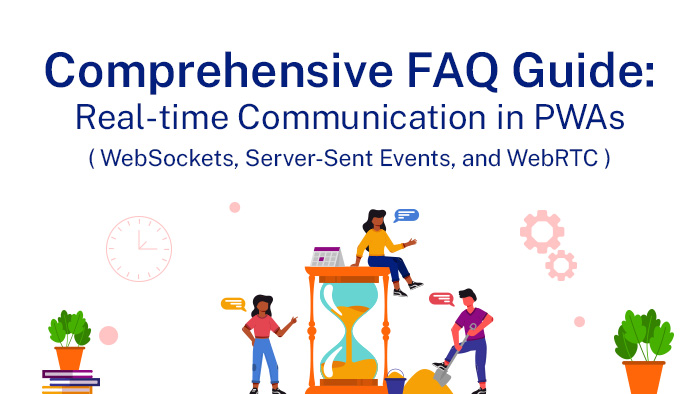Can a custom web application be built to handle real-time data processing?
Yes, a custom web application can definitely handle real-time data processing. By leveraging the power of modern web technologies such as WebSockets and server-sent events, real-time data can be seamlessly transmitted and processed in a custom web application. These technologies enable bidirectional communication between the client and the server, allowing for instant updates and notifications. Additionally, with the use of scalable, cloud-based infrastructure and efficient backend processing, a custom web application can efficiently handle large amounts of real-time data.
